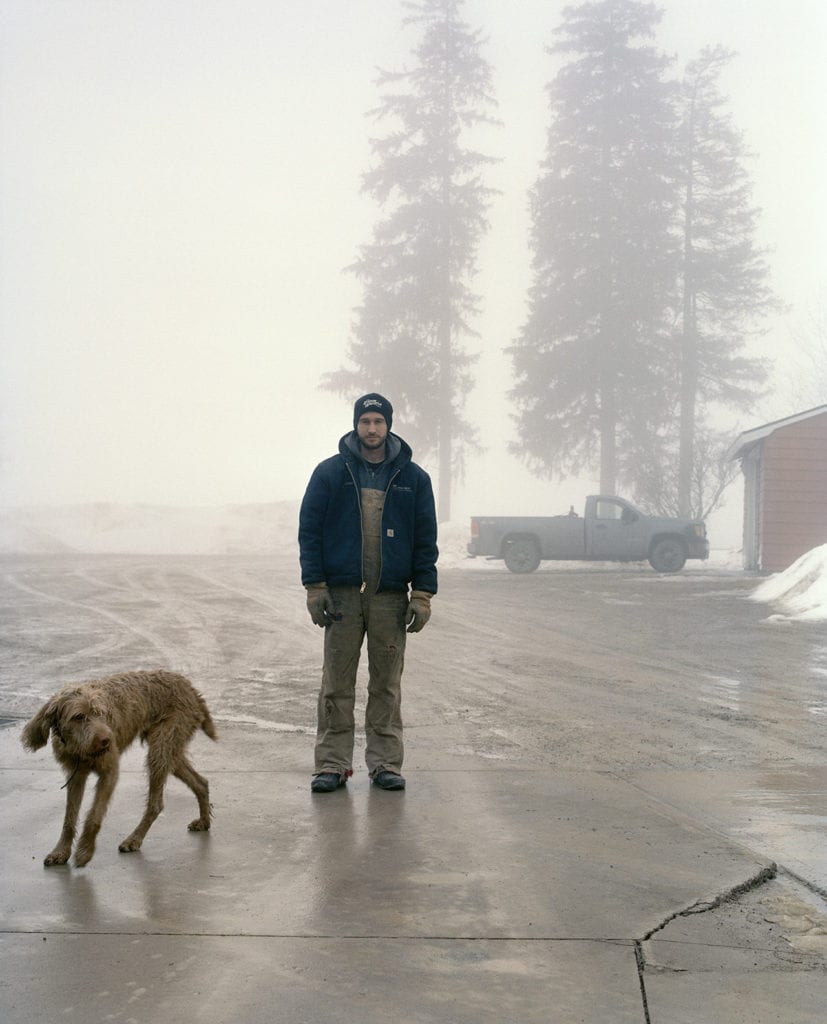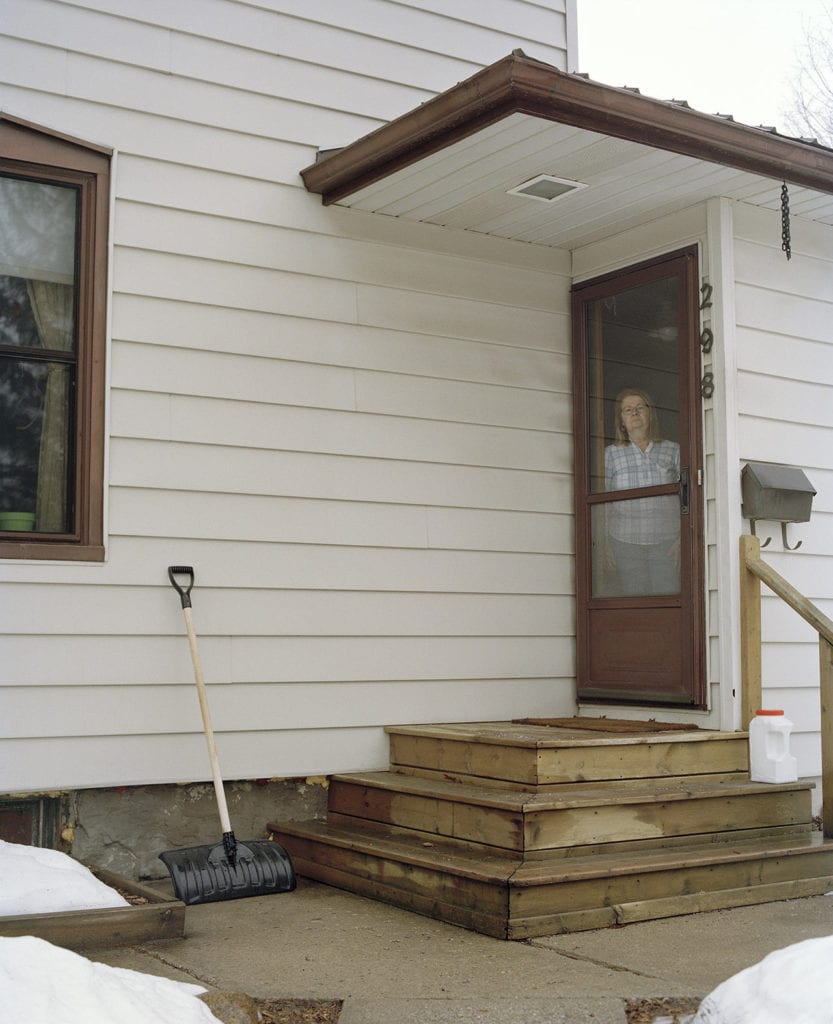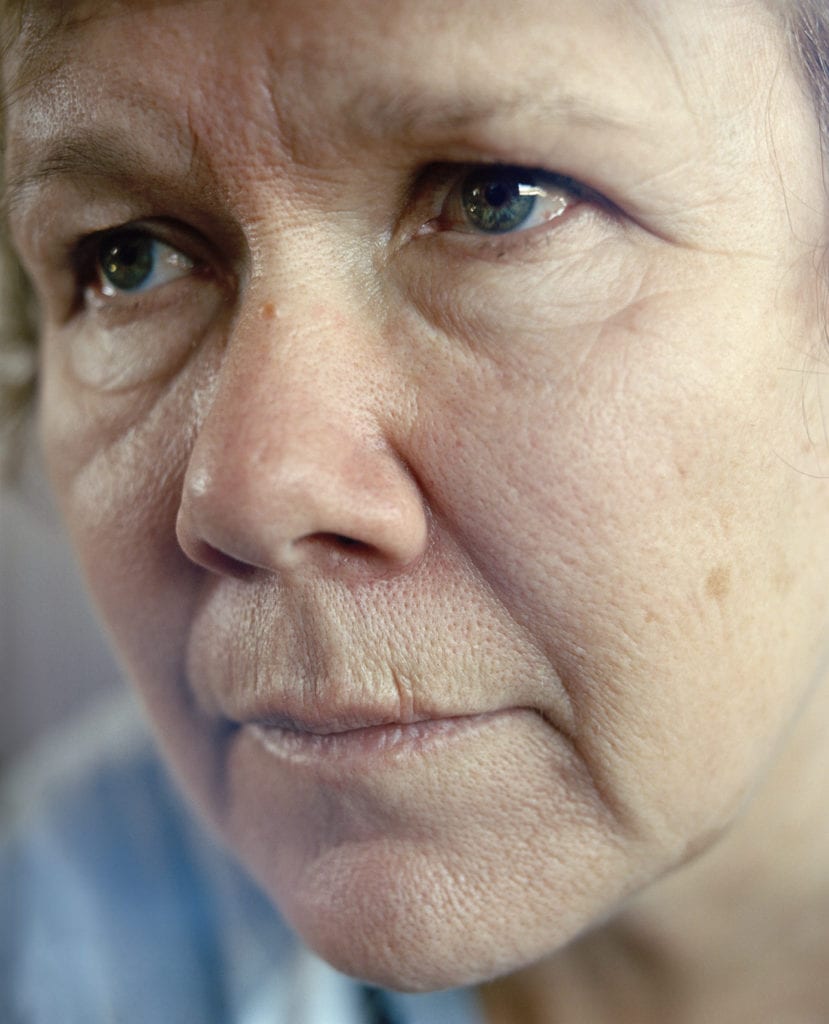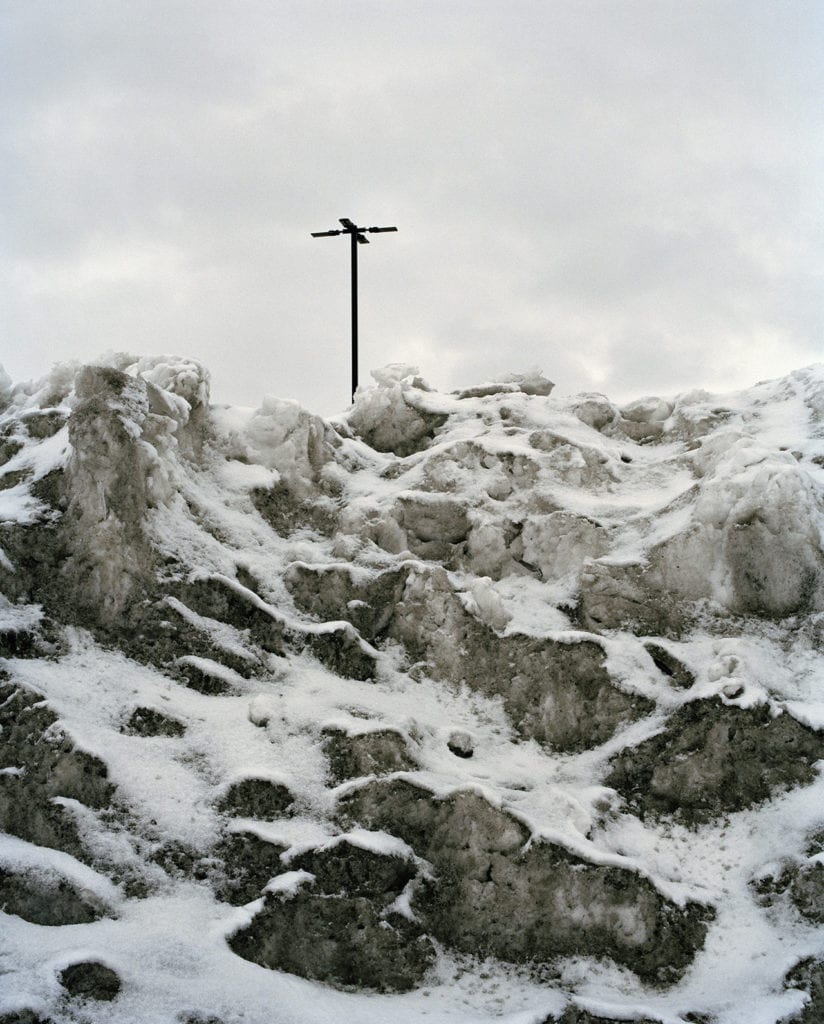Sadie Catt has been visiting the small city of Woodstock in south Ontario, Canada, since she was 12 years old. But it wasn’t until an extended trip in the middle of winter in 2016, while still studying documentary photography at UWE in Bristol, that she really began to understand the deep-rooted connection her family had to the community there, as well as the complex identity of the town itself.
For Catt, Woodstock – which sits 90 miles west of the US border at Niagara Falls – had always been a distant place in culture, but familiar in its association with her relatives. Her cousins settling there represent the third generation now calling it their home. Visiting as a teenager, she immediately fell in step with the rhythms of farm life – a stark contrast to the daily routine back home in Brighton on England’s south coast.
Now, as a young adult, she is still discovering new aspects. “I’ve never experienced so much snow in my life,” she says, “and I had no idea what frozen rain was, and other stuff that people would mention in passing. On the flip side, I had a feeling that this is a really significant place during a really significant time in my family’s history.”

Catt set out to make a documentary series about the nuances of Woodstock’s community, with a particular focus on women in agriculture. What came to unravel in that concentrated month of work, however, extended much further.
“For a time, I was really interested in meeting people, going to hockey games and line-dancing, going down the road to the woods to a sugar hut and tapping maple – stuff that is really bizarre and odd for me, but completely normal for my family,” she says. “But in this visit I started to find out more about the difficulties and the tragedies in the city.”
Catt explains that there is a problem of opium addiction, not uncommon in border cities, and how she slowly began finding more and more affirmation of a troubled side to Woodstock, evidenced by a mephedrone clinic on the main strip, Facebook support groups and youth crisis prevention groups.
The subjects in Catt’s photographs are either family members, or friends made through the closeness of the surrounding community. Woodstock, she says, really does live up to its nickname of ‘The Friendly City’.
“I started to find out more about the difficulties and the tragedies in the city.”

“I think that’s the reason why I was so unaware of the more tragedy-tainted storylines behind Woodstock,” she says. Many individuals she encountered were forthcoming with their stories – Catt interviewed each of her subjects for at least an hour before shooting portraits, and many relayed personal memories about relatives who she had never met.
There is stillness and depth in the resulting series, Woodstock, and the cold of winter and misty lighting creates an atmosphere of ambiguity. One of the most striking images is a close-up of Catt’s aunt’s face. It was one of just a handful of shots taken in that moment, after the two spent the morning talking over the delicate details of personal, and at times tragic events, such as the suicide of Catt’s grandmother, also a former resident of the farm the pair were sheltering in that day.

“We had a huge connection in that time,” says Catt. “The personal side of the project is an introspection for me. I really want to emphasise that however much I was interested in photographing this community, and the images are really icy and hard, it’s done from a position of admiration and love.”
Woodstock by Sadie Catt is published by Lost Light Books.
This article was originally published in issue #7883 of British Journal of Photography magazine. Visit the BJP Shop to purchase the magazine here.


